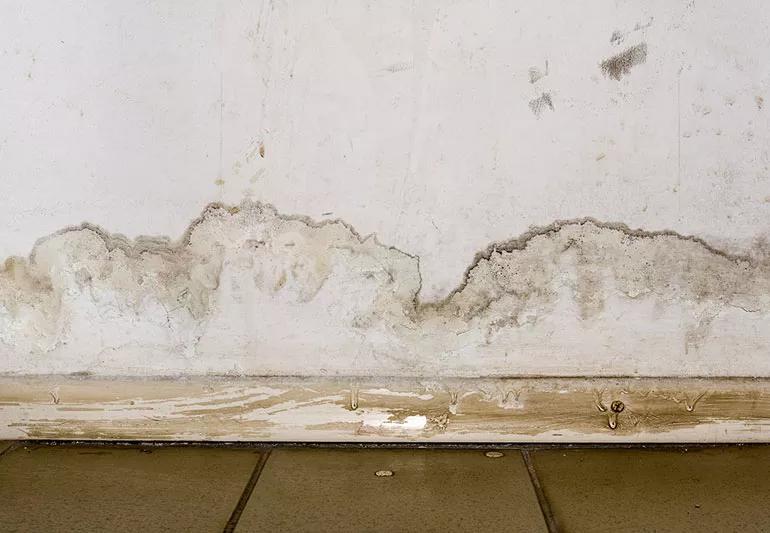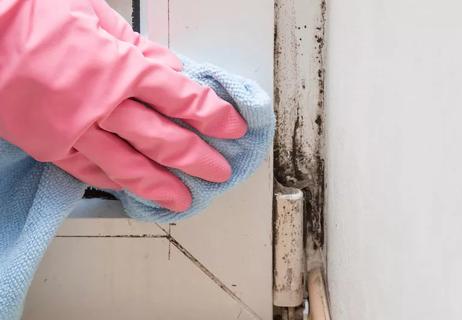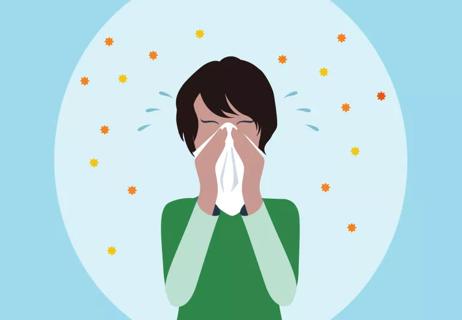Housecleaning tips for allergy and asthma sufferers

Cleaning up after a flood is a hassle in itself, but what do you do when mold starts forming in your home?
Advertisement
Cleveland Clinic is a non-profit academic medical center. Advertising on our site helps support our mission. We do not endorse non-Cleveland Clinic products or services. Policy
It only takes 24 to 48 hours for mold to develop in a flooded home and can affect your health in a variety of ways. For most of us, the symptoms of short-term mold exposure may be mild, such as a stuffy nose and throat or eye irritation. For those with asthma-related to mold allergy, exposure to mold can be a serious health threat.
The Centers for Disease Control and Prevention reports that people with immune suppression or underlying lung disease are more susceptible to fungal infections. If you have a suppression immune system, you may have an increased risk for infection from the mold.
“Mold can be a cause of serious complications for patients with asthma,” says allergist-immunologist David Lang, MD. “It can result in increased symptoms and greater reliance on medications, and even flares of asthma which could require emergency department management or hospitalization.”
All homeowners who have experienced a flood should act fast to remediate any mold that may have developed. According to the U.S. National Flood Insurance Program, it only takes an inch of flood water in your home to cause damage to your property.
“Mold is ubiquitous,” says Dr. Lang. “There are molds in the air you’re breathing right now. But they are present in much higher levels when there has been water damage to carpeting, drywall or other parts of a home.”
Advertisement
If you’re dealing with a flooded home and experience any symptoms, talk to your doctor about treatment options.
Here are a few tips for cleaning up mold after a flood, according to the Federal Emergency Management Agency:
1. Open your home to fresh air. Do this only if humidity is lower than indoors. Use fans and dehumidifiers to dry excess moisture. Leave as many windows and doors open as possible to let fresh air flow in. Make sure the attic gets airflow, too.
2. Remove all wet items. This includes furniture, toys and bedding. Discard soaked carpeting, insulation, wallboard and ceiling tiles. Be sure to throw away anything that didn’t dry completely or can’t be salvaged. If you’re in doubt, throw it out.
3. Clean up standing water and surfaces. Use a wet/dry vac to clean up standing water and clean hard surfaces with a 10% bleach solution. Do not mix bleach and ammonia while cleaning to avoid toxic vapors. If you see any mold, remove it with clean water and detergent. Dry it immediately.
4. Protect yourself. Individuals sensitive to mold exposure should wear masks, respirators, gloves and goggles during cleanup. Take a shower and remove and wash any clothing you had on while cleaning to avoid carrying any mold anywhere else.
5. Let the water dry. Allow your home to dry for two to three days before beginning to rebuild or replace items.
Advertisement
Learn more about our editorial process.
Advertisement

Practical tips to limit breathing trouble

Every season comes with its own set of allergens

Here’s why you need to throw out that fuzzy fruit or blue bread

Most recommended precautions center around minimizing bruising or swelling

Even one drink can have an impact on your cognitive function leading to slurred speech, blurred vision and impaired memory

Understand who may (and may not) benefit

Type 2 diabetes isn’t inevitable with these dietary changes

Applying a hot or cold compress can help with pain